How To Prepare For Data Interpretation For Placements
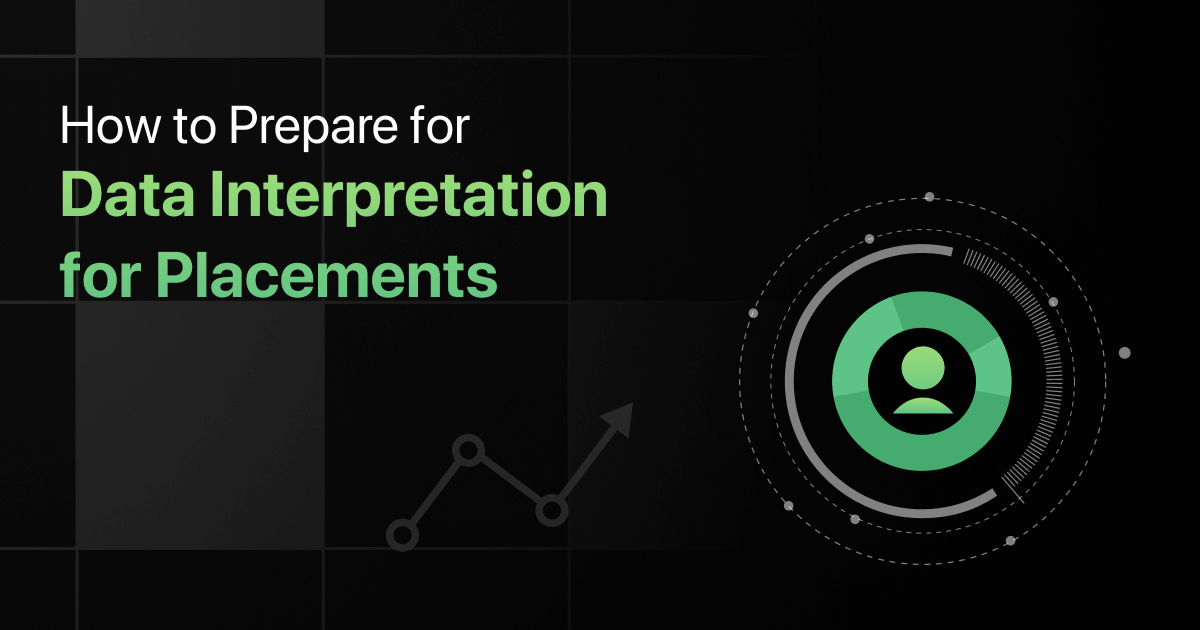
Senior Students in their last year of college must deal with Data Interpretation tests shortly before placements, whether they are company-specific or not. While placements sometimes seem far away, it is never too soon to start studying for the exams.
You must have at least 6-8 months to prepare, and with careful planning, you can successfully complete these assessments and interviews. If one is persistent, Data Interpretation is not tough to ace. There are a few things that must be considered in order to accomplish the Data Interpretation test.
How to Prepare for Data Interpretation Section For Placements
Following are the tips on how to prepare For Data Interpretation for placements:
Step 1: Prepare Yourself for the Journey

Students go through a variety of emotions, like excitement, anxiety, sadness and sometimes even the amalgamation of all them while preparing for campus placements. The difficulty level and the competition make students go through a rollercoaster of emotions in a short span of time.
However, if this is not channelled appropriately, it can lead to undue stress and confusion during the test. The pressure can be pretty challenging for students as it can mess up their preparations.
It is common for students to feel overwhelmed when preparing. They become overwhelmed by a variety of reasons like the Data Interpretation syllabus, competition level, difficulty of questions,etc. But students should understand that to give in to the circumstances is not going to justify all those years of hard work in college.
Students must understand that one test or exam is not going to decide the trajectory or direction of your life. They must treat the Data Interpretation test as an opportunity to give their 100% and improve their existing skills rather than the last chance to prove themselves in front of the world.
Putting pressure on yourself to do a certain task is good as long as it doesn’t destroy the very confidence you are trying to build. So prepare yourself for the hardships and sacrifices that you will face while preparing but also give some space for you to rest and enjoy that journey all together.
Step 2: Know the Syllabus

Most students forget to thoroughly understand the syllabus before they start preparing. As a result, many students waste their time and energy on studying topics that are not even coming in the tests.
Students should relax and start with understanding the complete syllabus before preparing. It’s like mapping out the route before starting your journey. If you feel overwhelmed after understanding the syllabus, take some time to unwind before starting your preparations. Having a positive mindset and knowing where and how to begin is absolutely necessary for Data Interpretation preparations.
Step 3: Choose the Study Material
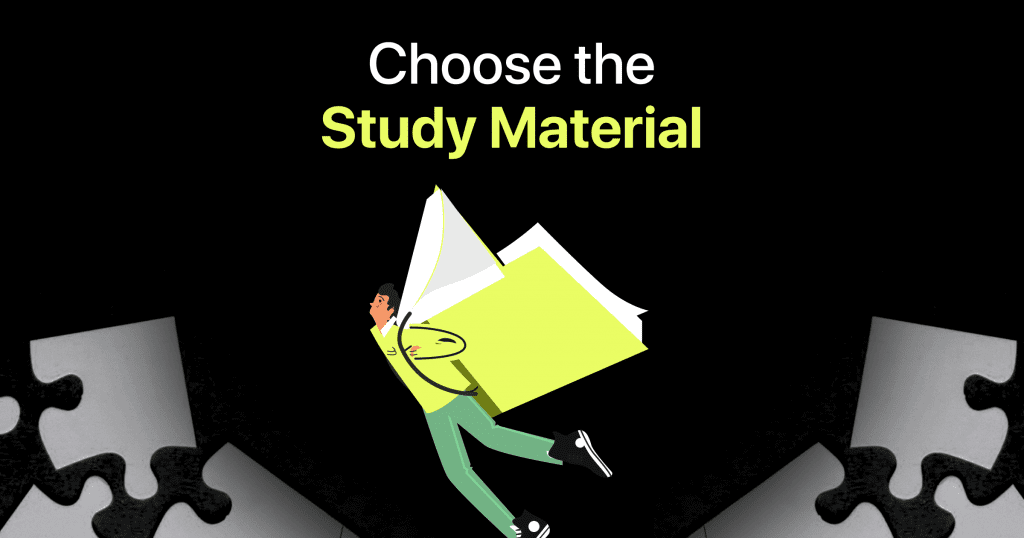
There is an abundant amount of books and websites that boast guaranteed material for placements. But nothing can be further away from the truth. Several books and websites have outdated material for content placements. Students should stay away from them and instead focus on the already popular and authentic content available in the market and on the internet.
Students can take help from different Youtube channels, blogs, books, and websites to find tips and tricks on how to prepare for Data Interpretation for placements. These Youtube channels, websites, and blogs are often run by industry experts and individuals who have already aced these sections and understand the know-how of Data Interpretation.
Step 4: Understand the Concepts
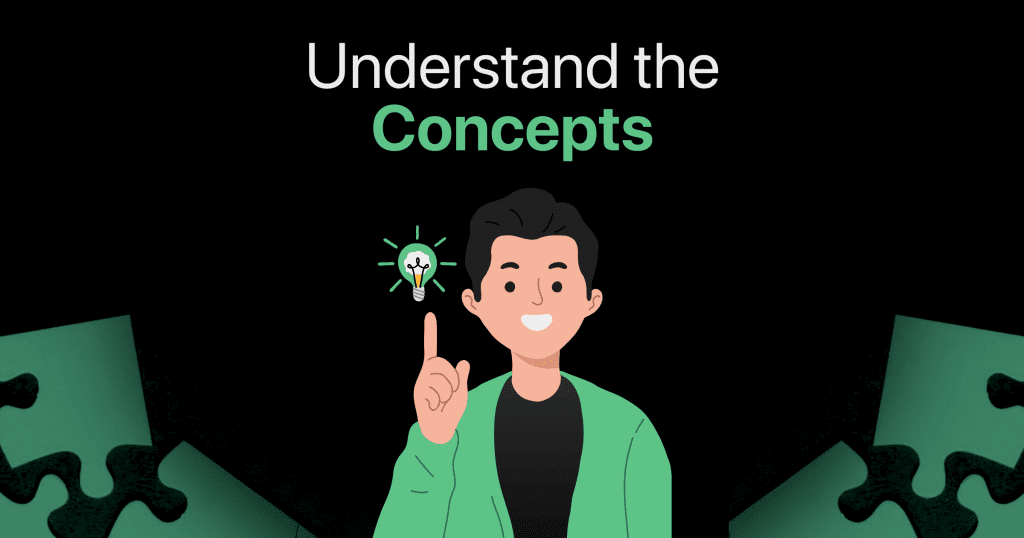
Understanding a concept is as necessary as actually practising questions to learn them. Learning the concept before solving the questions helps you understand what the purpose of the given topic is. You also understand the inherent value behind those concepts.
If students understand the concepts carefully then they can apply their common sense and rational thinking in order to solve the related questions without much difficulty. Students can even create their shortcut solutions by relating the given topics to one of their life events, making it easier to memorise and remember it.
Step 5: Write Down Your Notes

Don’t ever attempt to solve a data interpretation problem without first recording the figures. You have a significantly better chance of answering the question properly if you write down the mathematics, even though it might take a few extra minutes.
Let’s say you know how to answer a question, but you start answering it without writing down the values and the question notes. You will undoubtedly make a mistake since, under high-stress situations like exams, people are more susceptible to swap values.
And once you have wasted your valuable time and energy, you will realise that you made a mistake. You will be forced to resolve the question.
Step 6: Improve Your Solving Speed
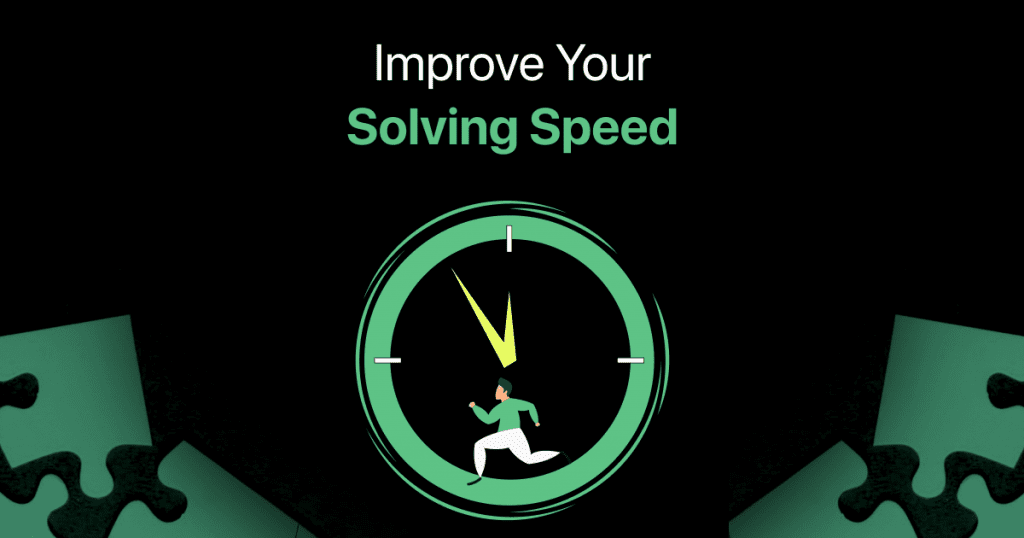
An important concern in data Interpretation issues is your calculating speed. You will have more time to work on the remaining problems if you can improve your solving speed.
There are several ways to improve the data interpretation solving speed. Learn the shortcut methods and use them as necessary. Conduct mock tests in time constrained environments to time yourself, on a daily and weekly basis.
You will see a significant improvement in your solving speed over time. Your ability to solve problems quickly can only be improved through consistent practice through mock tests.
Step 7: Answer Only the Question Asked
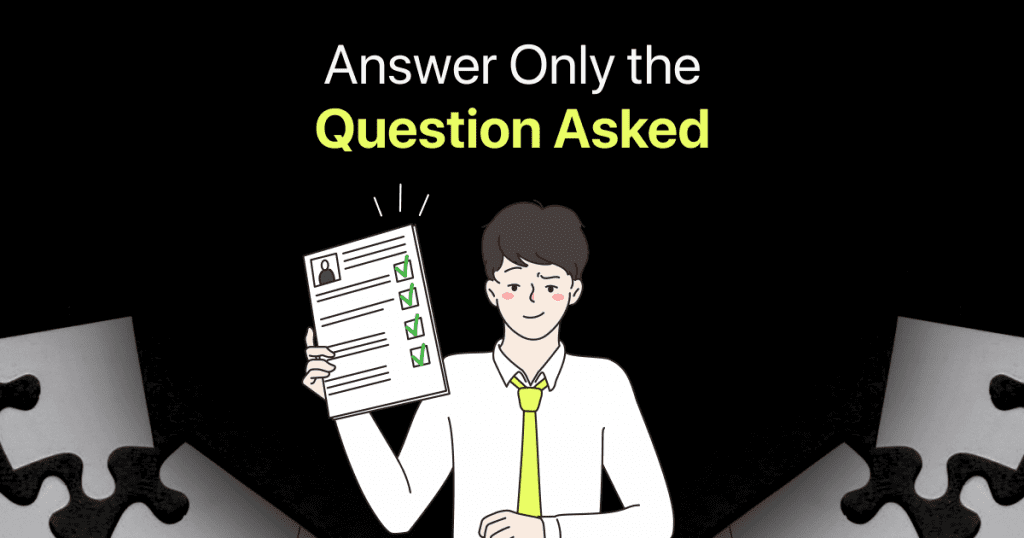
We understand that you might be thinking you already answer the question asked in the exams. But many individuals take the approach of solving the entire question even if they get the answer way before that. They record and memorise data values that are not even needed in the question.
The candidates should continue by reading the question in its entirety so that you are aware of the relevant information that is needed. If it asks for the May month rainfall average, you don’t have to calculate the average of April or June. It’s not like in the classroom where how you solved a problem is recognized. An incorrect answer is an incorrect answer for the numerical reasoning exam.
Step 8: Practice All Types of Problems
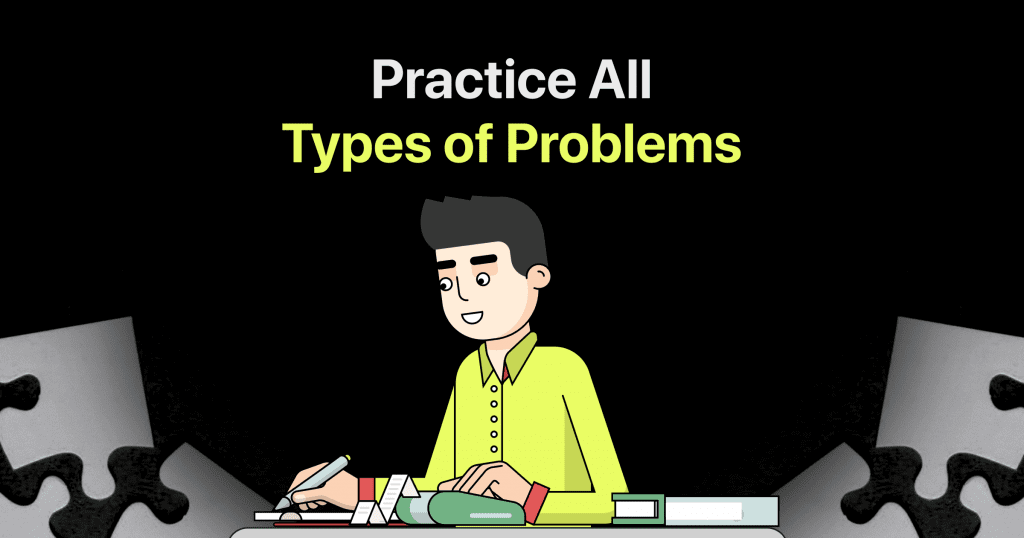
Covering every topic in the syllabus by practising every problem might seem daunting. But industry experts have recommended practising every problem at least twice to get a gist of the type and nature of the questions asked from the concerned topic. In this manner, you’ll be able to understand your strong and weak points and then you can dedicate more time to improve your weaker sections.
In addition Some questions are frequently asked while some questions are rarely asked but have a tendency to be easily solved. Practising every type of problem will help you prepare for any surprises that the question paper can throw at you. And by practise you can also reduce anxiety and stress that poses whenever there are unexpected surprises in a tense environment like an examination.
Step 9: Test Your Knowledge

Suppose you practice actual test questions. In that case, you will likely get more acquainted with your preparedness level highlighting your strong and weak points while also being accustomed to the style of terminology and pattern that would be on the examination.
Every student preparing for Data Interpretation should take mock tests to test out their knowledge. There is no replacement for mock tests; everyone needs them. There is also no getting around that.
Consider the scenario where you attempt a question paper but fail to pass it. Therefore, when you begin studying for the test again, you already have a certain amount of practice and knowledge gained from former errors that you can utilise to improve and prevent making the same mistakes again. It’s similar to taking mock tests.
Make a list of likely Data Interpretation questions and quiz yourself to know what you need to concentrate on. Consider flashcards! Make your own flashcard game out of notes. Ask for assistance from a flatmate, friend, or relative.
Step 10: Repeat

When you watch or read it just once, you don’t actually learn it, at least not well enough to remember it forever. It may come in your mind for another few times, but you ultimately forget about it and won’t come to realise it until you are staring at the question.
Repetition is the caregiver of learning, and while age has an effect on our memory, there is still a lot we can do to help us memorise more when we want to study. For centuries, repetition has been used as a strategy for memorising. The appropriate type of repetition may help your memory tremendously. To prepare for Data Interpretation for placements, you must do repetition on everything that you have learned.
If knowledge is repeated or revisited on a frequent basis but at gradually increasing intervals, it gets transferred to another brain region to be retained in long-term memory. That becomes entrenched with duration. Every time you discover something new and practice it, you strengthen the behaviour in your brain and make it simpler to remember.
Conclusion
We hope this article helps you to understand the tips and tricks to prepare for Data Interpretation for placements. Data Interpretation is not tough to crack if you are persistent with your efforts and honest with yourself about your preparation. If you have any comments and queries, drop your suggestions in the comment section.
FAQs
You can start preparing for Data Interpretation by first understanding the syllabus of your placement preparation exams, then learning the tricks and tips for solving the problems, and then repeating the process for better comprehension.
If you are struggling to ace Data Interpretation problems. In that case, you should learn from some popular free resources like Youtube, blogs and books written and curated by industry leaders who already aced the Data Interpretation examination.
You should also start practising more and more to enhance your cognitive memory. You can also start taking mock tests to evaluate yourself and determine your weak and strong points.
The duration depends on students’ comprehension abilities of the given theory and their rational thinking abilities to apply the right procedure to reach the right answer. Both comprehension abilities and rational thinking abilities can be improved by practice.
A student can prepare a timetable for Data Interpretation by first understanding the syllabus of your placement preparation exams and then dividing time for each section on the order of difficulty level and the time taken to complete each section.
Warning: Undefined variable $post_id in /var/www/wordpress/wp-content/themes/placementpreparation/template-parts/popup-zenlite.php on line 1050







